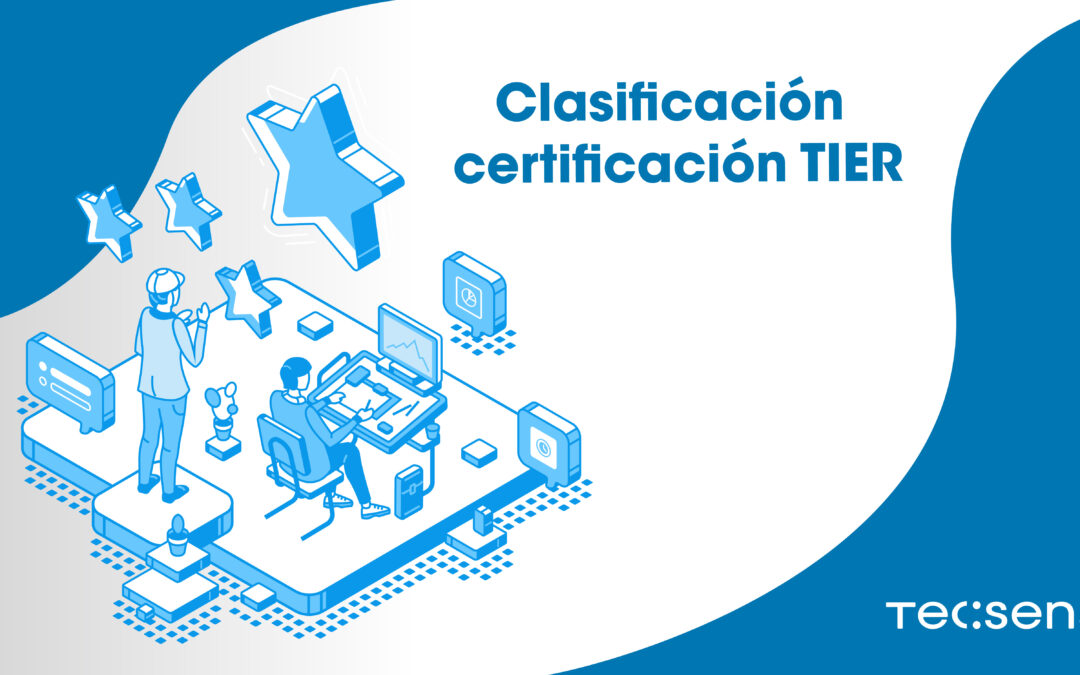In the previous postwe analysed why TIER certifications are fundamental when choosing the data centre in which to entrust our data, applications and resources. But it is not only important to know what they entail, but also the TIER certification classification.
Each classification fulfils a specific function and criteria for the organisation, these are related to power, cooling, maintenance and Fault Tolerance (Fault Tolerance). Each TIER incorporates and enhances the requirements and benefits of the previous one.
TIER rating levels:
- Tier I, Basic Capability: this tier provides a dedicated infrastructure for equipment related to IT systems. It is prepared to mitigate any power failure. In addition, it has a cooling unit connected 24/7 and a generator to provide the necessary energy in the event of prolonged power outages.
- Tier II, Redundancy Capable components: your entire facility includes equipment and components for power and cooling to maintain a higher margin of safety from incidents. These include UPS (Uninterruptible Power Supply) modules, chillers and redundant generators.
- Tier III, Concurrent Maintenance: This category does not allow any event of shutdown or disconnection of electrical power for replacement or maintenance of equipment. A redundancy path for all critical TIER II components is added so that the Data Centre can continue its activity without any interruption. This ensures that the components required to maintain the environment can be shut down and maintained without impacting IT operations.
- Tier IV, Fault Tolerance: certifies that data centres have the highest level of reliability and security to meet availability requirements. They are built based on Tier III requirements with the addition of Fault Tolerance. Therefore, if there is a system failure or any other type of failure, its effects will not affect IT operations in any way. Includes failures related to electrical power.
Any organisation opting for Tier I or Tier II certification should not pay too much attention to real-time delivery of products and services in the majority of the organisation’s cycle. On the other hand, if you need to focus on stringent requirements for online availability and long-term viability, you should opt for Tier III and Tier IV certifications.




